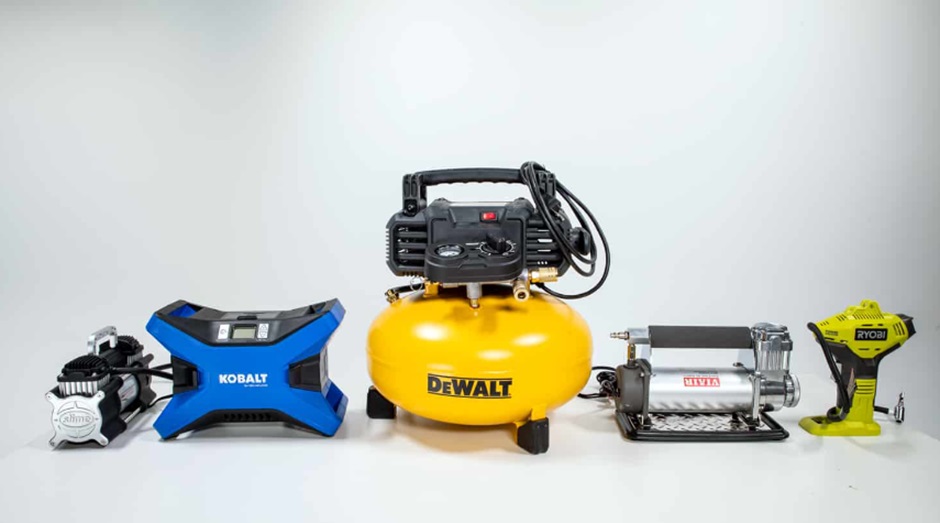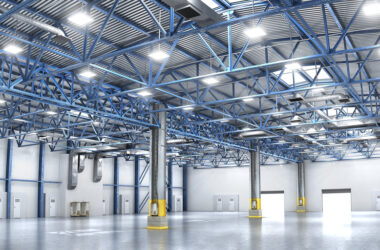If you are looking for a versatile and efficient tool, a portable air compressor is your go-to friend. They come in different sizes and are used for various applications, from inflating car tires to powering pneumatic tools. However, not all air compressors are created equal, and you need to consider several factors before making a purchase. This guide outlines eight crucial things you need to know about these air compressors to help you make an informed decision.
Things You Need to Know About Portable Air Compressors
Cubic Feet per Minute (CFM)
The CFM rate determines how fast an air compressor can supply air to the tool or application in use. The higher the CFM, the faster the compressor can inflate tires or operate tools. So before making a decision on the unit to purchase, consider the CFM of your intended applications. A good rule of thumb is to have an air compressor with a CFM at least 1.5 times the rating of the highest-rated tool you intend to use it for.
Tank size
This refers to the size of the air reservoir and determines how long the compressor can supply air without cycling. A larger tank offers longer run times, while a smaller one is portable and easy to move around. Depending on your job site or activity, you may need to balance between portability and duration of air supply.
Max PSI
The maximum PSI (pounds per square inch) an air compressor can generate determines the range of tools or applications that it can handle. Generally, a higher PSI is better, as it provides more power and versatility. When selecting an air compressor, consider your intended applications and check their PSI requirement before making a purchase.
Noise level
Portable air compressors can be noisy, depending on their type and size. If you intend to use the compressor for indoor or residential applications, a unit with low noise levels will be ideal to reduce noise pollution. Check the decibel rating of the compressor and compare it with other models before making a decision.
Oil-free or lubricated
Air compressors come in two types; oil-free and lubricated. Oil-free compressors require less maintenance, are lightweight, and portable, making them ideal for home users. Lubricated compressors, on the other hand, provide power and durability, making them suitable for industrial or heavy-duty applications. When choosing between the two, consider the frequency of use, budget, and intended applications.
Electric vs. gas-powered
Electric air compressors are quiet, lightweight, and emit no exhaust fumes, making them suitable for indoor applications. They are less powerful, portable, and ideal for light-duty work. Gas-powered air compressors are powerful, durable, and ideal for heavy-duty industrial use. They emit exhaust fumes and require regular maintenance and fuel upkeep, making them less suitable for indoor use.
Portability
Portability is essential for a portable air compressor. They come in different sizes, and while smaller compressors are easy to move around, a larger one may require a rolling base or vehicle attachment. Check the weight and size of the compressor and whether it comes with wheels or handles, and assess the portability depending on your intended use.
Price
The price of an air compressor varies depending on its size, power, and features. Before making a decision, consider your budget and the cost-effectiveness of the compressor. While you may want a compressor with all the features and power, it is not always necessary, and you may end up overspending.
Conclusion:
A portable air compressor is a versatile and essential tool that can serve various applications. When selecting a compressor, consider its CFM rate, max PSI, tank size, noise level, oil-free or lubricated, electric or gas-powered, portability, and price. A good understanding of these eight factors will help you make an informed decision and get the best tool for your application.







